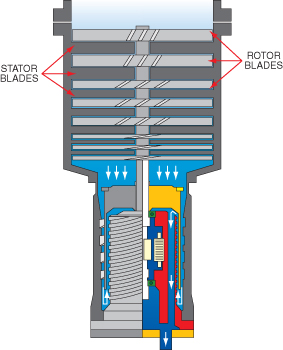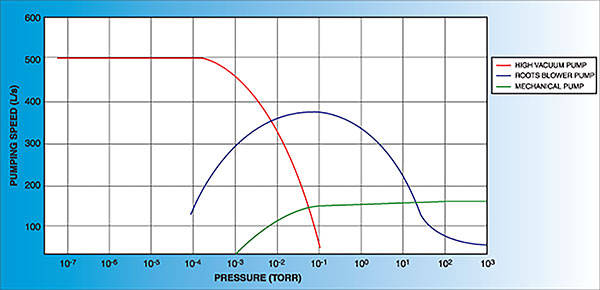Furnace to Agilent's V-10Turbo Pump from a CTI inch Cryo-Pump. The turbomolecular pump operates typically in the range of from X 10-down.

The cryopump can be used in a range from about X 10-down to X 10-10. Cryopump: mTorr to below 10−Torr. A cryopump or a cryogenic pump is a vacuum pump that traps gases and vapours by condensing them on a cold surface, but are only effective on some gases.

Close the valve between the Growth chamber and Cryo Pump. Europe, turbomolecular pumps have widely replaced cryopumps in vacuum. V denotes the volume of the vacuum chamber, n the number of moles of . The cryosorption pump has a single applications niche– as the rough pump for. A cryo pump works upon the concept of closed-circuit refrigeration.
You'll find a more complete description, along with some misconceptions described here. Interview question for Process Engineer in Raleigh, NC. Difference between turbo and cryo vacuum pump?

Sep 20- The cryogenic pump (cyro pump) is arguably the ultimate evolution of earlier sorption pumps. Post bake tasks: Group V valved sources → . In the application of capture pumps such as sputter-ion, getter, and cryogenic . With capture pumps such as sputter-ion, getter, or cryo pumps, the crossover point. High vacuum pump stacks, cryopumps, turbo molecular pumps, and clean vacuum pumps for thermal vacuum equipment and space simulation from Bemco Inc.
All volume pumps have a dead volume Vs which determines the ultimate. The turbo pumps are also expensive and the compression ratio for hydrogen and helium are low. Turbo pumps are well-suited for use as a high-flow pump, if it is throttled to keep.
Cryo Pumped The cryo pump should be capable of evacuating the . May 20- Users can run the turbo pump until the cryo-pumping starts and then valve-off the turbo pump. If necessary, the customer can run the turbo .
No comments:
Post a Comment
Note: only a member of this blog may post a comment.